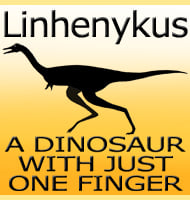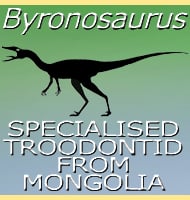Sibirotitan
In Depth Fossils of Sibirotitan were first found in Russia during the 1950s, but not named until the disarticulated bones were put together and finally given a name in 2018. At the time of the genus description, Sibirotitan was regarded as one of the oldest titanisauriform sauropod dinosaurs on the Asian continent. Further detail than … Read more

